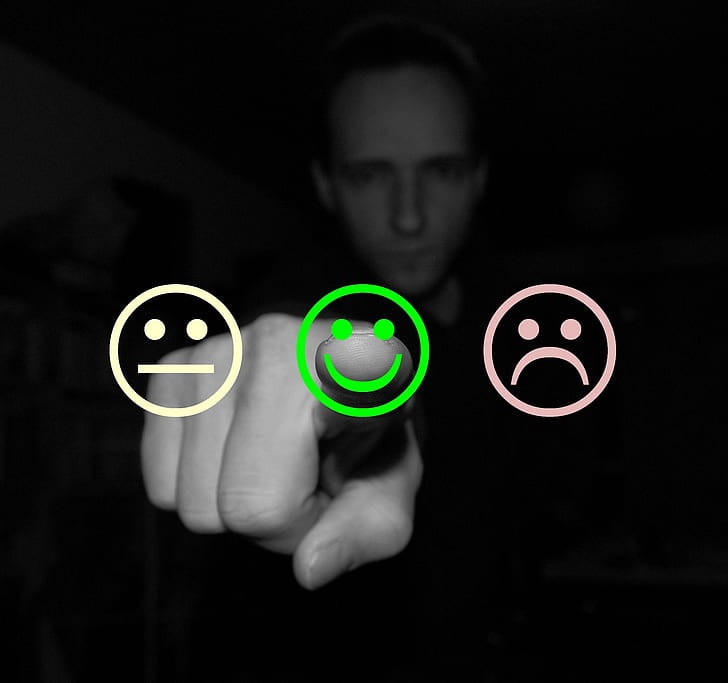Every day we talk about our Customers.
It is fantastic to be so customer-focused with what we do and how we think about the problems we solve. Let’s be clear, however, that when we say “Customer” we actually may mean multiple things and need to ensure we are focusing on the right customers at the right time.
The big distinction is always between Customers that actually pay and use your product versus Prospects, which are those businesses you hope to be your Customers someday.
Let’s dig into this obvious difference a bit more.
We need more Customers.
What is our Customer Experience?
How many new Customers did you get last quarter?
What does our NPS say about Customer Satisfaction?
LinkedIn Video: One simple new product growth hack
Before Launch through Early Adoption
When we are researching a market problem that is either not solved or underserved by existing solutions, we will identify target customers for our future solution. These customers are normally referred to as prospects or prospective customers.
Sometimes, you may also refer to these as your ideal customers but you really don’t know that for sure yet. Why? Until you have actually brought an initial product to market and have some adoption, you can’t say which customers get the most benefit from it. You can only hypothesize. Once in the market, you can start to test that hypothesis and revise it as you learn more.
How do you know, if you have discovered your Ideal Customer? They are the subset of your customers that love your product the most. Maybe they spontaneously talk about it on social media, offer to provide reference calls to prospects and analysts, or have an especially high NPS.
Your marketing efforts should be very focused on attracting more prospects that resemble your Ideal Customers at this point. Your product development should also be fixated on deeply nurturing these key customers. This is how you can develop a long list of promoters as your customers.
Find enough Ideal Customers and you will have crossed the Product/Market-Fit threshold.
If you are spending precious marketing or product development resources on customers that are not reflecting your ideal, then you are not sufficiently focused and will slow down the rate of early adoption.

Product Growth to Maturity
Over time, hopefully, you convert a growing number of prospects into regular paying customers of your product. While most of your attention is focused on the Ideal Customer, you naturally will be collecting some other Customers. Some of them may have discovered the capabilities you have been delivering provide substantial value to them as well.
It is important to continue to analyze the attributes of your most satisfied customers and identify when new segments appear that are outside your initial Ideal Customer definition. Start investing in the next best customer segment before the Ideal Customer segment growth begins to slow.
Then you continue repeating this cycle, of expanding customer segments in a natural expansion of your product and marketing efforts.
Throughout each cycle, it is important to understand if the problems you are solving are for the needs of your existing Customers or to attract the segment of customers.

Why this focus on Ideal Customers first?
Our job is to develop solutions that customers find value in and we can build a profitable business around. When we are building a new product, most of the time, the biggest risk is not around technology. As Steve Blank says, startups don’t fail because they lack a product, they fail because they lack customers and a profitable business model.
Put another way, Peter Drucker once said that “the purpose of business is to create a customer”.
The most financially efficient path to creating that customer is by being focused. Discovering the very first handful of customers to a product typically takes a lot of product development, marketing, and sale effort. So once you get that first handful of customers, it is very important to learn as much about them as possible so that you can find more of them while minimizing additional investments.
By building a customer base of these Ideal Customers, your business becomes more profitable.
-
Retaining an existing customer is 5x cheaper than acquiring a new customer
-
Renewal and upsell business with existing customers is more than 3x likely to close than with new customers
-
Existing customers require less new innovation investment than new customers
-
Existing customers create usage data and other actionable insights, making it far less risky to continue to enhance the product in ways that satisfy them.
On the other hand, developing multiple Customer segments in parallel:
-
Reduces your focus for product innovation, decreasing the odds that any single enhancement will significantly move the needle.
-
Muddies the go-to-market messaging
-
Makes it harder to find reference customers
Conclusion
Customers are what we are after when building a new product or an entirely new business. It is important to distinguish whether they are existing customers or prospects. However, it is even more important to define what the Ideal Customer segment looks like for your product at any given time.
Ideal Customers enable efficient growth through marketing and innovation focus.
By not discovering who your Ideal Customers are you will undoubtedly be wasting your scarce resources while over-promising and under-delivering to all your customers.
Parting Note: As always, within enterprise software be careful of how you analyze and assess the key attributes that make an Ideal Customer. We must always be aware of, minimally the buyer, sponsor, user, and other influencers. It is never simply about the user of the product is but the composite of all key stakeholders.